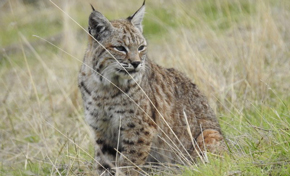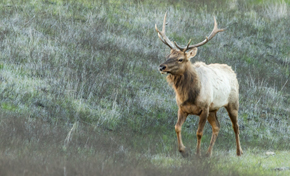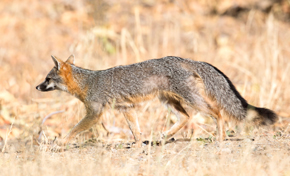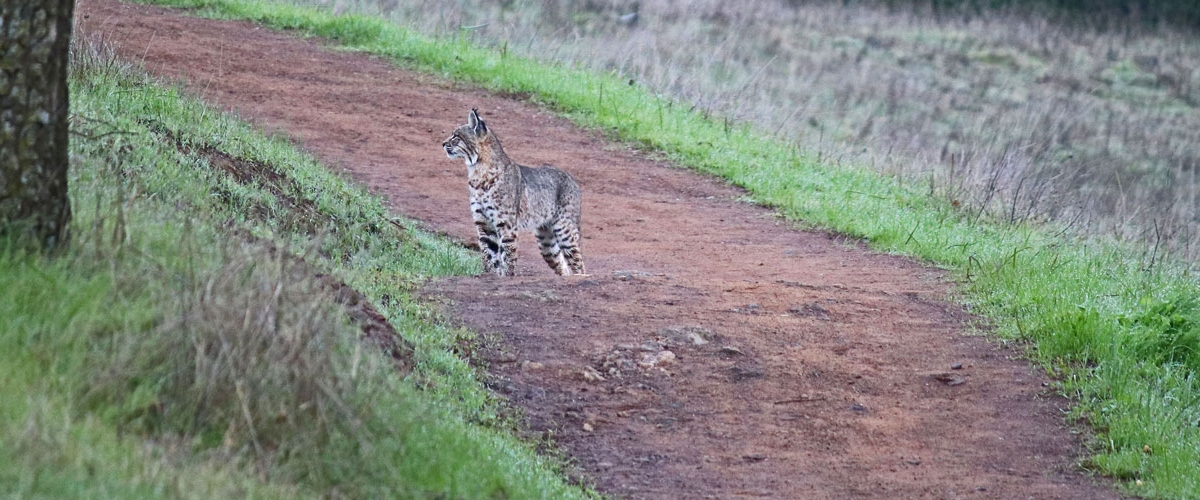

Identified as a conservation priority in the Santa Clara Valley Greenprint, Coyote Valley is not only remarkable for its combination of biodiversity, farmland, and water resources, but also key to maintaining a linkage between one million acres of core habitat and natural areas in the mountains that surround the Santa Clara Valley.
Building on several scientific studies documenting rare species and animal movement in Coyote Valley, the Authority embarked on a visioning process to protect and restore essential areas within the valley that are vital to ensure ecological connectivity, health, and resilience to climate change.
To establish a clear vision of a functional land connection for wildlife, the Authority assembled a team of scientists to design a landscape linkage for Coyote Valley. The Vision identifies the following necessary essential elements for protecting and restoring a broad and resilient landscape linkage; one that can sustain biodiversity and facilitate wildlife movement in a changing climate.
A focus on North Coyote Valley, where the two mountain ranges are the closest
Laguna Seca, the region's largest freshwater wetland
Fisher Creek, a tributary to Coyote Creek
Tulare Hill, which serves as a bridge for the threatened Bay checkerspot butterfly
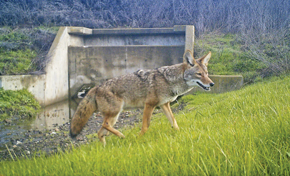
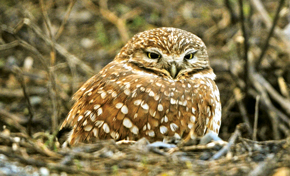


The Landscape Linkage was built on several scientific studies that identified mountain lions, badgers, gray foxes, bobcats, and hundreds of bird species are all living in and moving through Coyote Valley.
Protection of this landscape will keep our diverse ecosystems intact, protect the resident species, and preserve adequate population numbers in order to promote genetic diversity.
